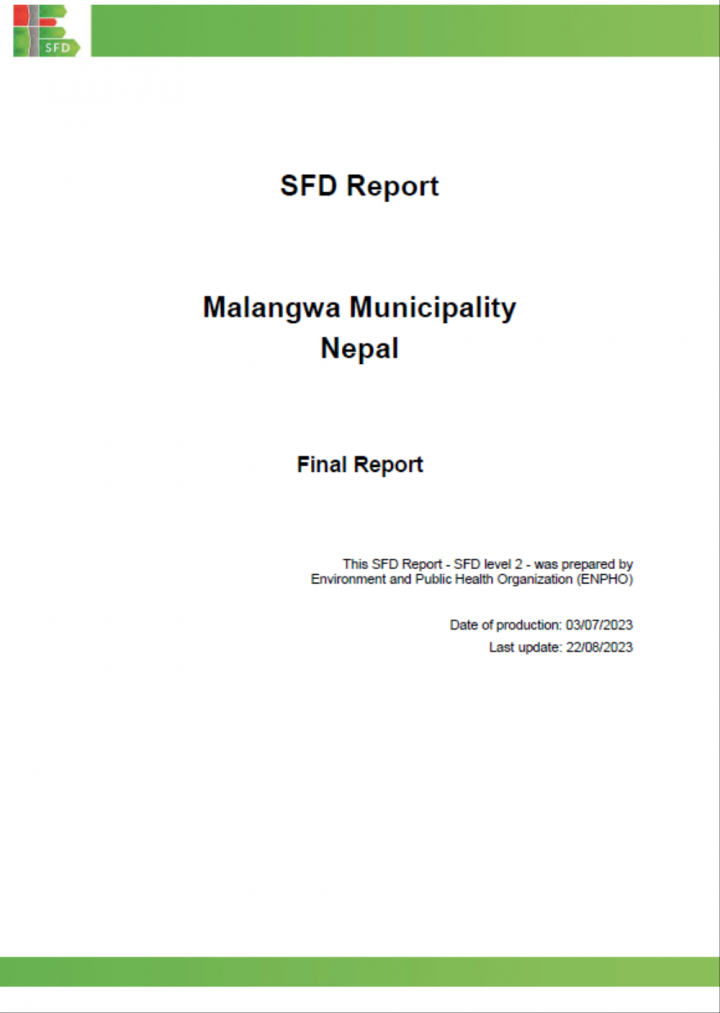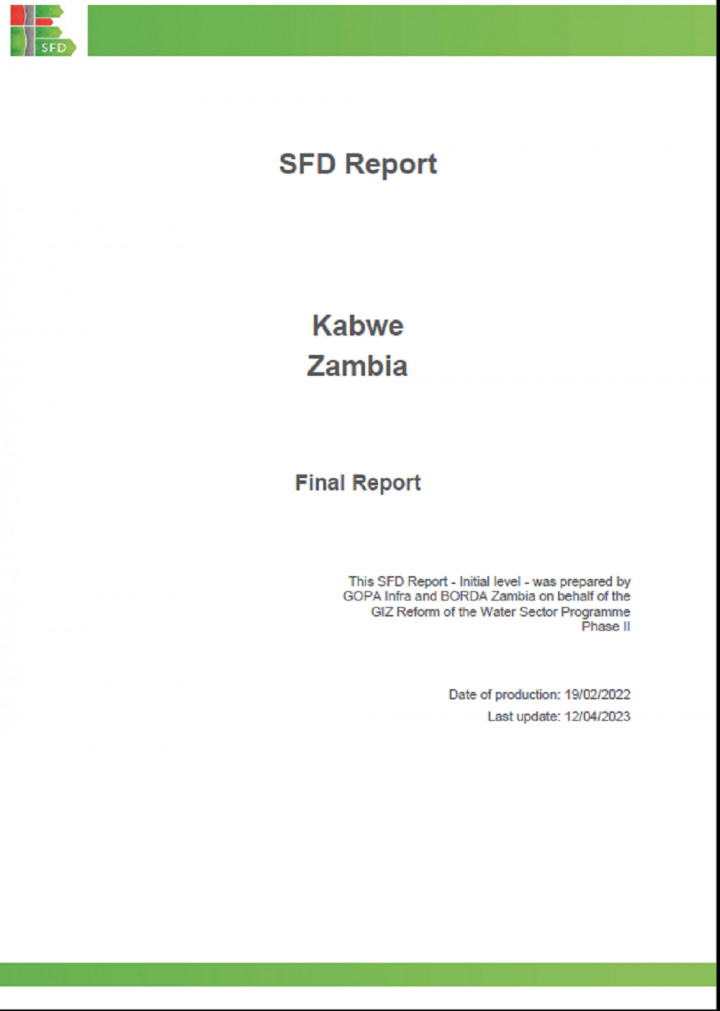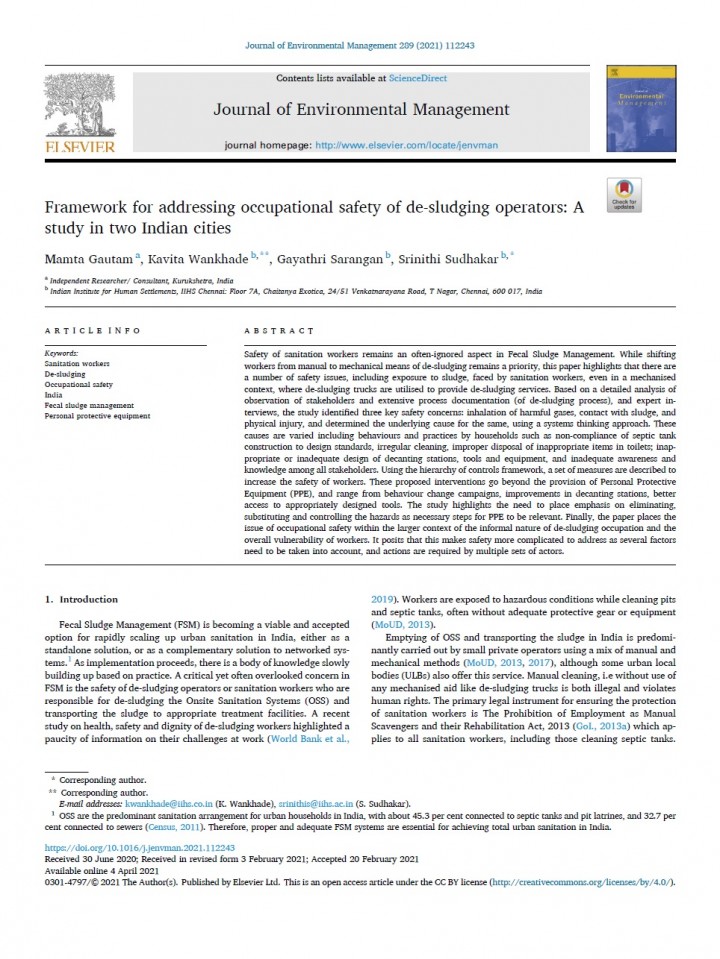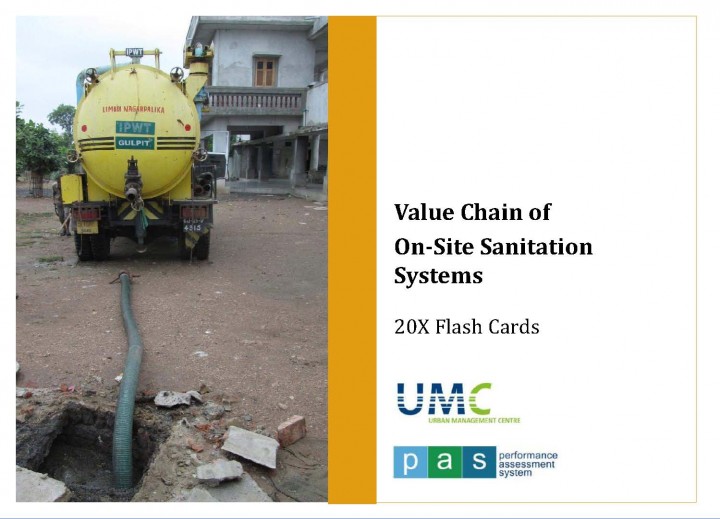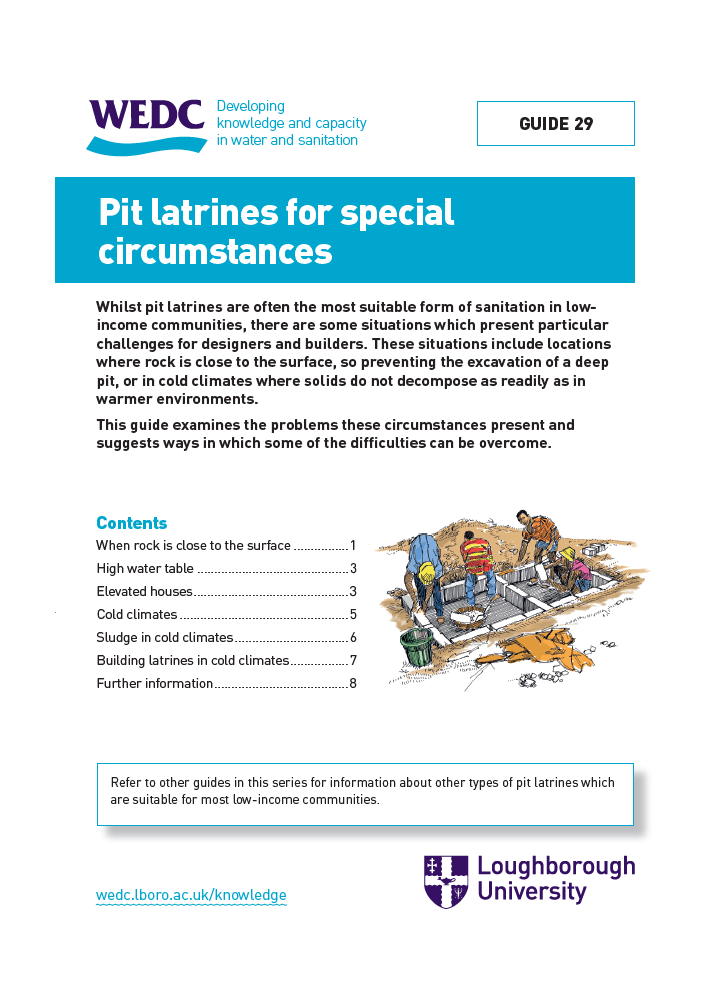Searching for information on Sanitation Workers?
The Sanitation Workers Knowledge + Learning Hub is the best source for all current news, trends, articles and updates on sanitation workers rights around the world.
Malangwa Municipality is in Sarlahi District, Madhesh province of Nepal. It has a total of 12 wards and covers an area of 30.44 square kilometres. The municipality was established in 2 March, 1987. It is bounded by Brahmapuri rural Municipality and Sonbarsa region of India in the east, Chakarghatta, Kaudena and Bishnu rural Municipalities in the west, Kabilasi Municipality in the north and …
Kabwe is the administrative capital of Central Province of Zambia and is located on Latitude -14.4228219 and Longitude 28.4455068. According to the utility (NIS) records of 2021, the town has an estimated population of 257,043.
Approximately, 72% of the inhabitants rely on onsite sanitation facilities, 26% are served by offsite sanitation, and the remaining 2% practice open defecation. The …
The Compendium of Hygiene Promotion in Emergencies is a comprehensive and systematic compilation of the most relevant sector-reviewed components, tools, methods and approaches to design and implement successful hygiene promotion (HP) and behaviour change interventions. It is applicable to all critical hygiene behaviours across all response phases. It is not intended to be a ‘How To’ guide but …
Poor WASH conditions are thought to be one of the main causes of child stunting. The household environment in which children develop and grow is highly related to their nutritional status. Direct and indirect pathways exist between WASH and stunting, from diarrheal diseases and Environmental Enteric Dysfunction (EED), to socio-economic conditions and time constraints to child care practices. The …
Safety of sanitation workers remains an often-ignored aspect in Fecal Sludge Management. While shifting workers from manual to mechanical means of de-sludging remains a priority, this paper highlights that there are a number of safety issues, including exposure to sludge, faced by sanitation workers, even in a mechanised context, where de-sludging trucks are utilised to provide de-sludging …
The composition of water varies widely with local geological conditions. Neither groundwater nor surface water has ever been chemically pure H2O, since water contains small amounts of gases, minerals and organic matter of natural origin. The total concentrations of substances dissolved in fresh water considered to be of good quality can be hundreds of mg/L.
Thanks to epidemiology and advances …
Managers of water, sanitation and hygiene (WASH) programmes normally acknowledge that people need to behave in a hygienic manner to protect water supplies and ensure that sanitation facilities are used properly. However, promoting hygienic behaviour differs from the construction of infrastructure, with indicators of progress being less concrete. This means campaigns need to be planned and carried …
This study was the first to comprehensively assess the possibility of eco-sanitation options to help address village wastewater challenges in Vermont. In each village, site visits were conducted with participants to gauge the feasibility of a variety of composting and urine-diverting toilet systems. Of the options considered, a urine diverting flush toilet was identified as one of the more …
The Equality and Non-discrimination (EQND) and Community-led Total Sanitation (CLTS) Handbook provides practical guidance for ensuring that behaviour change interventions leave no one behind. Drawing on experience from across the sector, this handbook is specifically targeted towards those implementing or supervising CLTS interventions at the community level. Key features include a summary of …
Inspired by the SFD, the Resource Value Mapping tool (REVAMP) is being developed at Stockholm Environment Initiative (SEI) for quickly estimating, visualizing and valuing the resources that could be recovered from a city’s organic waste streams: sewage sludge, faecal sludge, and food and other organic solid waste.
There is increasing interest in the concept of the circular economy and …
Pressing water scarcity in Jordan rapidly increases the demands of marginal water resources for the agricultural sector. Water management studies reveal that no single source could fully solve the nation’s water shortage and many integrated actions are needed to ensure water availability, suitability and sustainability. Yet, among these options treated wastewater has the largest potential to …
This report presents, for the first time, a global assessment of the extent to which health care facilities provide essential water, sanitation, and hygiene (WASH) services. Drawing on data representing 66,101 facilities in 54 low- and middle-income countries, the report concludes that 38% of facilities lack access even to rudimentary levels of WASH. When a higher level of service is factored in, …
The flash cards illustrate the existing and available technology options and processes across the entire value chain of on-site sanitation in Gujarat (for pour-flush user interface). The flash cards will be used as visual aids in the field to identify and evaluate existing systems and processes. These cards can also be used as tools to foster discussion with ULB officers on septage management in …
Whilst pit latrines are often the most suitable form of sanitation in lowincome communities, there are some situations which present particular challenges for designers and builders. These situations include locations where rock is close to the surface, so preventing the excavation of a deep pit, or in cold climates where solids do not decompose as readily as in warmer environments. This guide …
This impact brochure introduces the reader to the main objectives and interventions of the GIZ project "Support to the National Urban Sanitation Policy (SNUSP) II " and highlights hands-on experiences from the ground. SNUSP II supported the states in preparing strategies, roadmap and framework for quality implementation. The project also supported cities to strengthen its capacities in planning …
Key Fndings
• In general, the rural supply chains for sanitation products and services are well established in the three districts.
• Uptake of toilets is showing steady progress but slows down drastically when the last mile 1 is in sight.
• Rural households opt for high-end, rather expensive sanitation facilities.
• The preferred types of toilet facilities are …
This thematic discussion series addressed the Sustainable Development Goals (SDGs) with regard to whether they will be able to provide momentum to ensure successful sanitation outcomes within their 15-year time period. In particular, the discussion examined the SDG indicators on sanitation, efforts to prioritise those most in need within the SDG process, civil society’s role in monitoring the …

